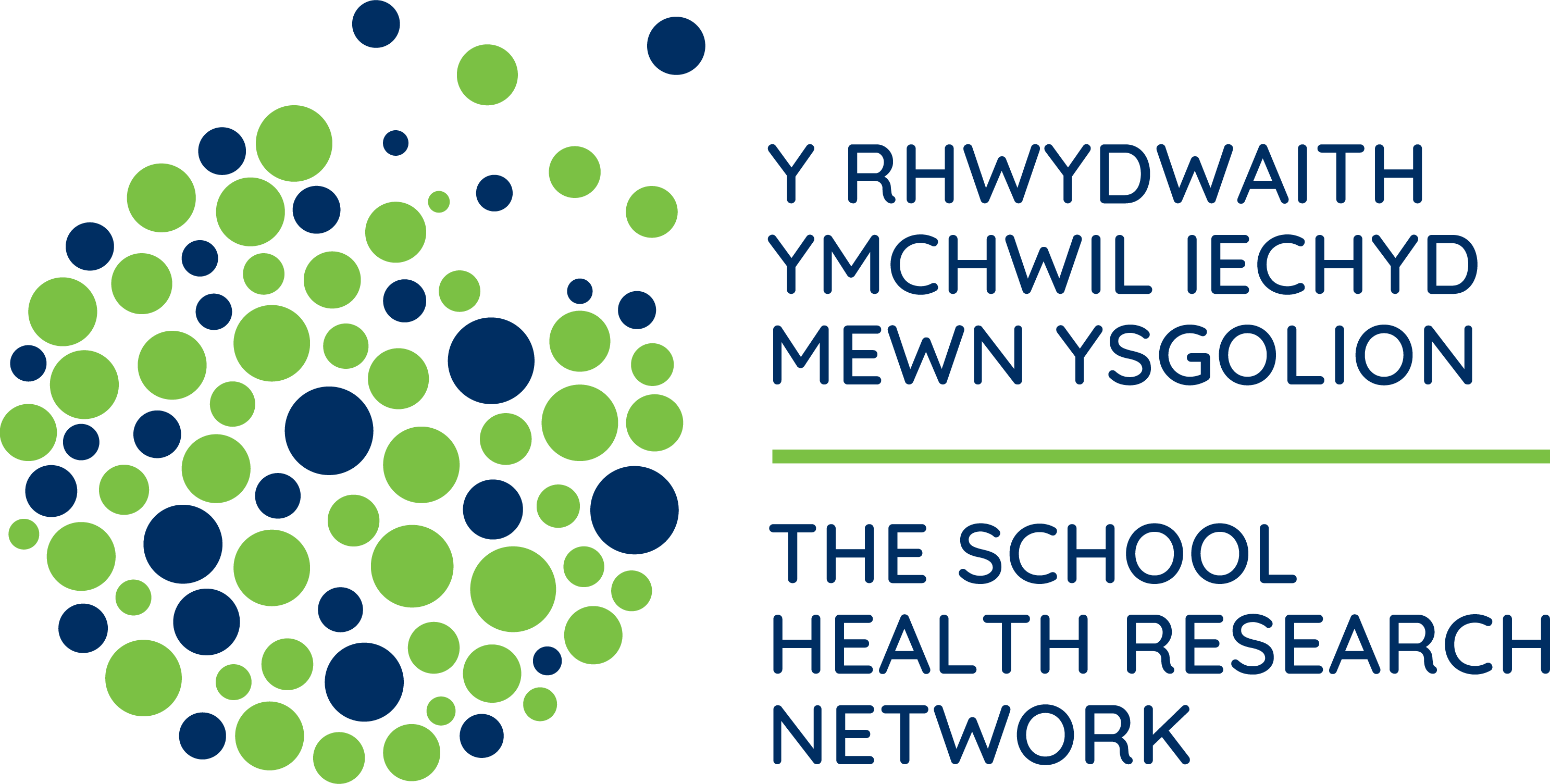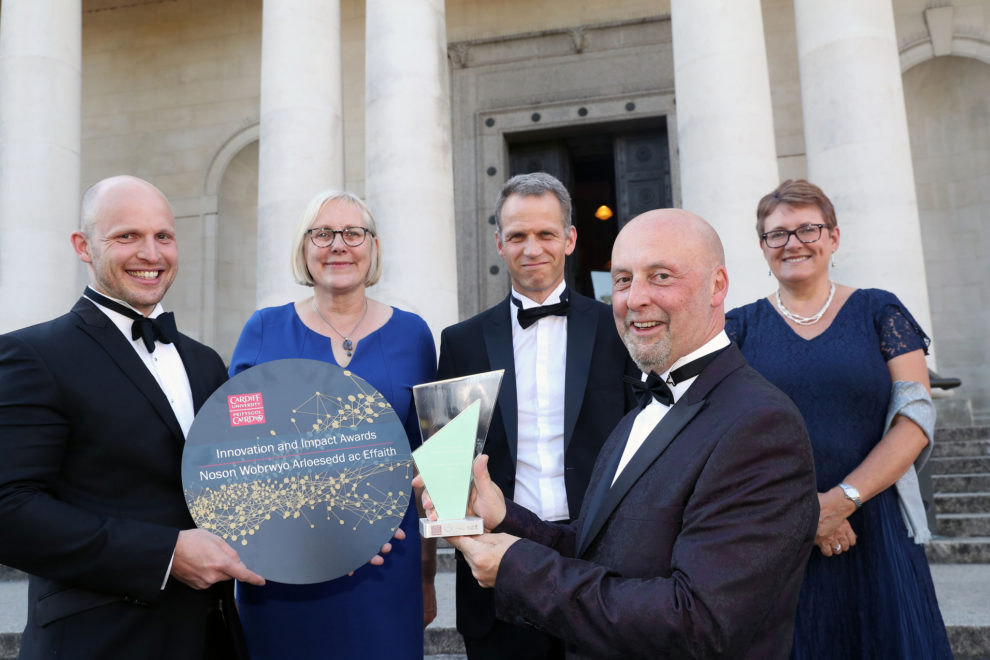In this blog, Professor Simon Murphy prepares to step down as Director of The School Health Research Network (SHRN) after 12 transformative years, he reflects on the journey of building a pioneering network that has become a global model. In Reflections From The Director: Twelve Years of SHRN, he shares his thoughts on SHRN’s legacy, the partnerships that defined its success, and his hopes for its future. Join us in celebrating his remarkable leadership and the next chapter for SHRN…
When SHRN began in 2013, it was an ambitious experiment rooted in hope and vision. Today, it has become a global model for school health research networks, an essential part of Wales research, policy, and practice landscape.
As I step down from my role as Director of SHRN after 12 remarkable years, I find myself reflecting on the extraordinary journey we’ve taken. It’s also a moment to offer my good wishes to my colleagues, who will carry forward the legacy and steer SHRN into its next chapter.

SHRN: A Unique and Valued Network
In 2013, SHRN was born out of an ambitious idea—to create the world’s first national school health research network. Today, it stands as an essential part of Wales research, policy, and practice landscape. For national and regional stakeholders, SHRN offers indispensable indicators to grasp the health needs of our population. For schools, it’s a cornerstone of health action planning and progress monitoring. For researchers, it’s a unique dataset—a gateway to exploring the nexus of health, wellbeing, policy, and practice.
At its core, SHRN has always been about partnership, co-production, and translating knowledge into real-world impact.

From A Partnership Pilot Study to Pioneering Achievement
This foundational partnership laid the groundwork for what was to come: a national network that would change school health research in Wales and beyond.
How did we achieve so much in just over a decade? My answer is simple: partnerships.
SHRN began with an idea. Could we take learning from clinical research networks that had transformed medical research and apply them to the school setting? Answering that would require meaningful collaborations.
So in 2013 we secured a Medical Research Council grant to pilot the idea and work in partnership with Welsh Government, Public Health Wales (PHW) and all the schools taking part in the HBSC’s Health Behaviour in School Children study that year. The results were resounding – a clear mandate to move forward with the network.
Scaling Up and Sustaining Impact

Over the following six years, with funding from Welsh Government and Health and Care Research Wales, we achieved full participation from all maintained secondary schools in Wales. Today, SHRN serves as a robust infrastructure for data collection and reporting. It meets health and wellbeing data needs across local, regional, and national levels, with 70% of secondary school learners participating in our surveys.
This progress was underpinned by the invaluable guidance of our stakeholder advisory group, representing voices from the national to the local level.
SHRN Today: A National Network with Global Impact
SHRN is now embedded across the policy and practice system. Partnerships with PHW ensure our data are integrated with the Welsh Network of Health and Well-being Promoting Schools (WNHWPS) and via the Public Health Observatory and we now have a joint SHRN/Health Promoting School implementation board. Highlights include:
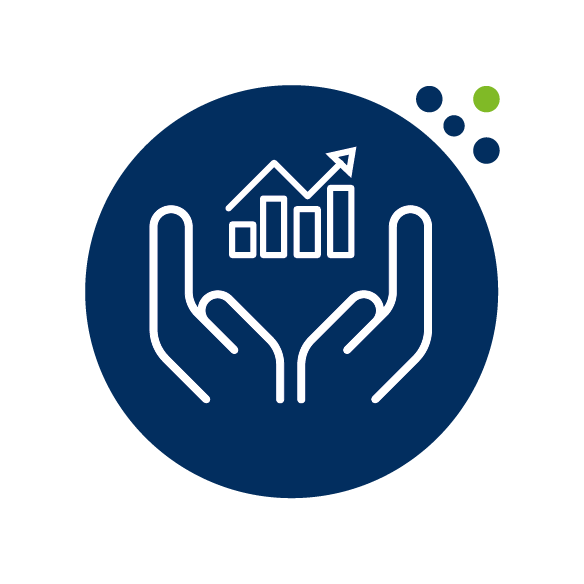
Policy Influence:
SHRN data informs over 30 national policies and strategies, ranging from statutory mental health guidance, sex and relationship education, connecting communities to address social isolation and loneliness, education curriculum reform, physical activity, and tobacco control delivery plans.
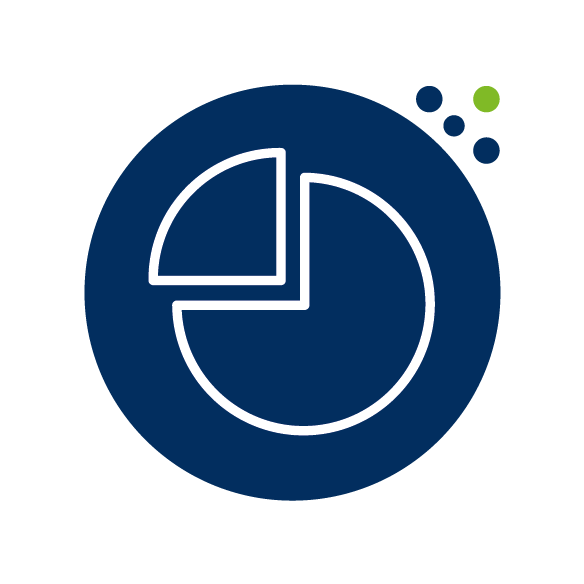
Data Integration:
Through our partnership with the PHW observatory, SHRN data supports informed, data-driven health and wellbeing planning at both national and regional levels. SHRN data facilitates targeted action planning aligned with health priorities across Wales, ensuring policymakers and regional stakeholders have reliable insights at their disposal.
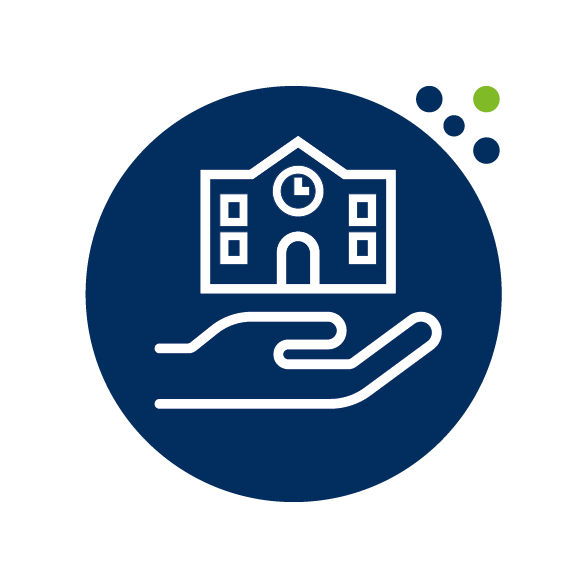
School Improvement:
Schools use SHRN data for self-evaluating health and well-being and driving school improvements. Estyn has even recognised SHRN as a vital data source for school inspections. The high coverage of the SHRN survey enables the health, education, and school experience of small and/or vulnerable population subgroups to be monitored, for example, children looked after, young carers, and young people of gypsy traveller heritage.

‘Research Ready Schools’
With a network of research-ready schools, SHRN co-produces and evaluates school-wide interventions. Currently, this supports a research portfolio valued at over £35 million.

Capacity Building Activities:
Capacity-building activities, including research briefings, webinars, case studies and events, facilitate the translation of evidence into policy and practice. Regular consultations with stakeholders and educators ensure the network’s outputs remain both relevant and transformative.

Longitudinal Data Linkage:
Longitudinal data linkage is now in place, meaning the determinants of physical and mental health and their impact on attainment and health service use can be better understood.
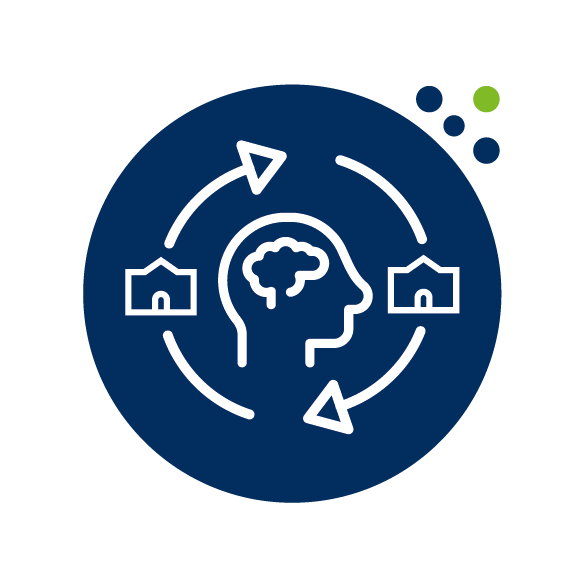
Knowledge Exchange:
SHRN prioritises knowledge exchange through research briefings, interactive webinars, and tailored resources. These efforts ensure that data insights are accessible and actionable, bridging research, policy, and practice.
Beyond Wales – across the UK and internationally

SHRN has also made its mark across the UK and globally.
- We have been instrumental in the development of SHINE, a partner network in Scotland, SHRN in the South-West of England, the Greater Manchester Bee-Well network and are currently working with NIHR Oxford Health Biomedical Research Centre on a school research network for mental health.
- SHRN was invited by the World Health Organization (WHO) to contribute to the planning of a European-wide pilot school health network in 2018-2019 The SHRN model informed a call from the WHO to develop pilots for school led data practice in India, Ghana, Jamaica, and Morocco. Whilst we have worked with the Namibian government to set up SHRN in schools in Africa and are now in discussions with partners in Uganda and Saudi Arabia.

A Final Thank You and Looking Forward
Reflecting on our achievements, the second key to our success becomes clear- teamwork.
Although I have led SHRN from its inception, its success is down to the SHRN team. So I would like to extend my thanks to them. To those who were at the start of this journey and to those that will now be taking this forward. I leave the network in the more than capable hands of Dr Kelly Morgan. I have worked with her for over ten years, and we have achieved great things. She has proved herself to be an invaluable Deputy Director for SHRN and will now do so as Director.
Finally, to the schools—your leadership teams, teachers, parents and carers, and especially the learners—thank you. Your enthusiasm and commitment have been the heart of SHRN’s success. Together, we’ve built something extraordinary, and I can’t wait to see what the future holds.
My hope is that SHRN will continue to grow, adapt, and inspire others to champion the health and well-being of children and young people worldwide.
Warm regards, Professor Simon Murphy, Former Director, SHRN
SHRN’s success has always been a shared endeavour. As we step into the chapter, let’s continue building partnerships, driving innovation, and championing the health and well-being of young people across Wales and the world. Stay connected and join us on this exciting journey.

Subscribe to our e-digest to stay informed and be part of SHRN’s ongoing journey to improve health and well-being in schools worldwide.
